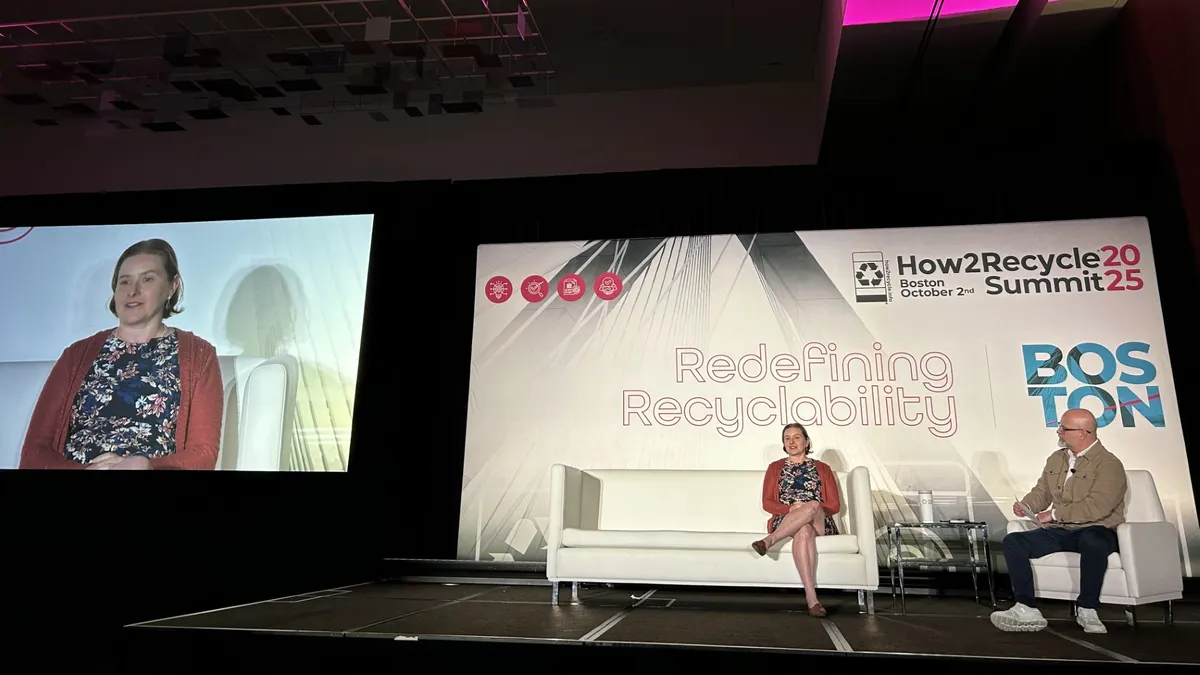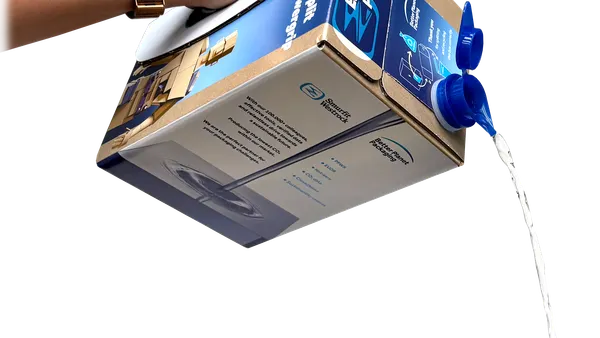California's September 24th EPR guidance introduced a requirement that's disrupting compliance strategies across the Consumer Goods industry: component-level plastic tracking with no confirmed de minimis exemptions yet.
While Oregon and Colorado asked brands to report aggregate packaging weights by material type, California requires both weight reporting and component counting for every plastic element, regardless of size. This seemingly small addition reveals the granularity that EPR compliance will ultimately demand, and many brands are unprepared.
Understanding Component-Level Requirements
California's approach differs from previous state programs in three critical ways:
First, brands must count individual non-detachable plastic components in predominantly non-plastic components rather than reporting aggregate weights. A beverage carton might have a non-detachable plastic-lined body, a plastic neck, —that's two countable components requiring separate tracking.
Second, California offers no de minimis exemptions in this reporting cycle as yet (pending further updates from Calrecycle). Every plastic element must be counted and reported.
Third, the program uses 95 distinct covered material categories (CMC) for final fee calculations. This granularity demands more sophisticated data management than the classification systems most brands built for earlier state programs.
Why Existing Systems Are Breaking
Brands that successfully managed Oregon and Colorado compliance using spreadsheet-based systems are discovering these tools can't scale to California's requirements. The challenge lies in operational execution, not conceptual understanding.
Consider a mid-sized beverage company with 47 SKUs. If each product uses an average of four plastic components, that's 188 distinct data points to track.
The California guidance made this clear to many brands for the first time. One compliance manager summarized the realization: "We handled OR and CO internally. As soon as we saw California's component requirements, we knew we needed a different approach."
The Data Architecture Challenge
Component-level tracking with no de minimis exemptions requires brands to fundamentally restructure how they collect and maintain packaging data. Traditional approaches—tracking packaging weight at the SKU level—no longer provide sufficient granularity.
Brands now need systems that can:
- Identify and count individual plastic components per packaging unit
- Track ancillary elements like polymer coatings, adhesives, and tape
- Map components to California's 95-category framework
- Handle post-consumer recycled content percentages at the component level
- Model source reduction scenarios while maintaining component counts
- Distinguish between packaging and food serviceware applications
This level of detail often doesn't exist in current ERP systems or procurement databases. Many brands are discovering they need to build entirely new data collection and specifications management workflows to meet California's requirements.
The CAA's "Preparing to Report Your California Supply Data" guidance document provides a comprehensive overview, but translating that guidance into operational systems requires significant effort. The optional Excel workbook tool helps producers assemble information, but many brands find even this structure challenging to populate with existing data structures.
Strategic Implications for Compliance Planning
California's component requirements signal where EPR regulation is heading. As programs mature, other states will likely adopt similar granularity. Maryland, Washington, Minnesota, and Maine—all with EPR legislation pending—are watching California's implementation closely.
For brands operating nationally, this creates both a challenge and an opportunity. Building systems that can handle California's complexity now means being prepared as additional states launch programs in 2026 and beyond.
California brands face a November 15 baseline reporting deadline, while Oregon and Colorado brands reports were already due in March and July respectively. Managing multiple state programs with different requirements and timelines demands systematic infrastructure, not ad-hoc spreadsheets.
Practical Steps for the November 15 Deadline
With California's reporting deadline six weeks away, brands must move quickly through several critical steps.
One important note before starting: unlike Colorado and Oregon, California requires 2023 supply data, NOT 2024, to inform the source reduction baseline.
First, conduct a comprehensive component audit using California's definitions. Document every non-detachable plastic element within each packaging component—primary containers, caps, films, labels, inserts, coatings, adhesives, and reinforcement materials. Create a master list that maps each component to its material composition, weight, and applicable category from the 95-category framework.
Second, validate your component counts against supplier specifications. Many brands discover discrepancies between their internal documentation and actual packaging components when they begin this detailed inventory. Pay special attention to ancillary elements that previously seemed too small to track.
Third, establish a reliable data collection process that can be maintained long-term. California's reporting requirements will continue annually, and additional states will follow. Obligated producers in California are expected to report data 3 times between November 2025 and May 2026.
The infrastructure you build now determines how manageable U.S. EPR reporting is for your organization, as the regulatory landscape expands. Additionally, it establishes architecture for understanding the foundations of ecomodulation impacts and helps inform your overall packaging sustainability strategy.
Looking Beyond November 15
California's component-level requirements with no confirmed de minimis exemptions represent the future of EPR compliance—detailed, granular, and demanding robust data systems. Brands that respond to this challenge by building scalable data management and reporting infrastructure will find themselves well-positioned as EPR expands nationwide. To add to the complexities, remember that California’s EPR program plan is yet to be finalized, which may further demand certain changes to the CMC list.
The companies that thrive will build operational foundations that make ongoing, multi-state EPR compliance manageable, starting with California's November 15 deadline.
California demonstrated what producer responsibility and packaging stewardship actually requires. The question now is whether brands have the systems to deliver.
rePurpose Global's EPR compliance platform addresses California's component-level requirements through automated tracking and categorization systems. The platform maps packaging components to California's 95-category framework, handles ancillary elements like polymer coatings and adhesives, and generates submission-ready reports for the November 15 deadline. Brands can learn more about California-specific compliance solutions at repurpose.global/packaging-compliance.










